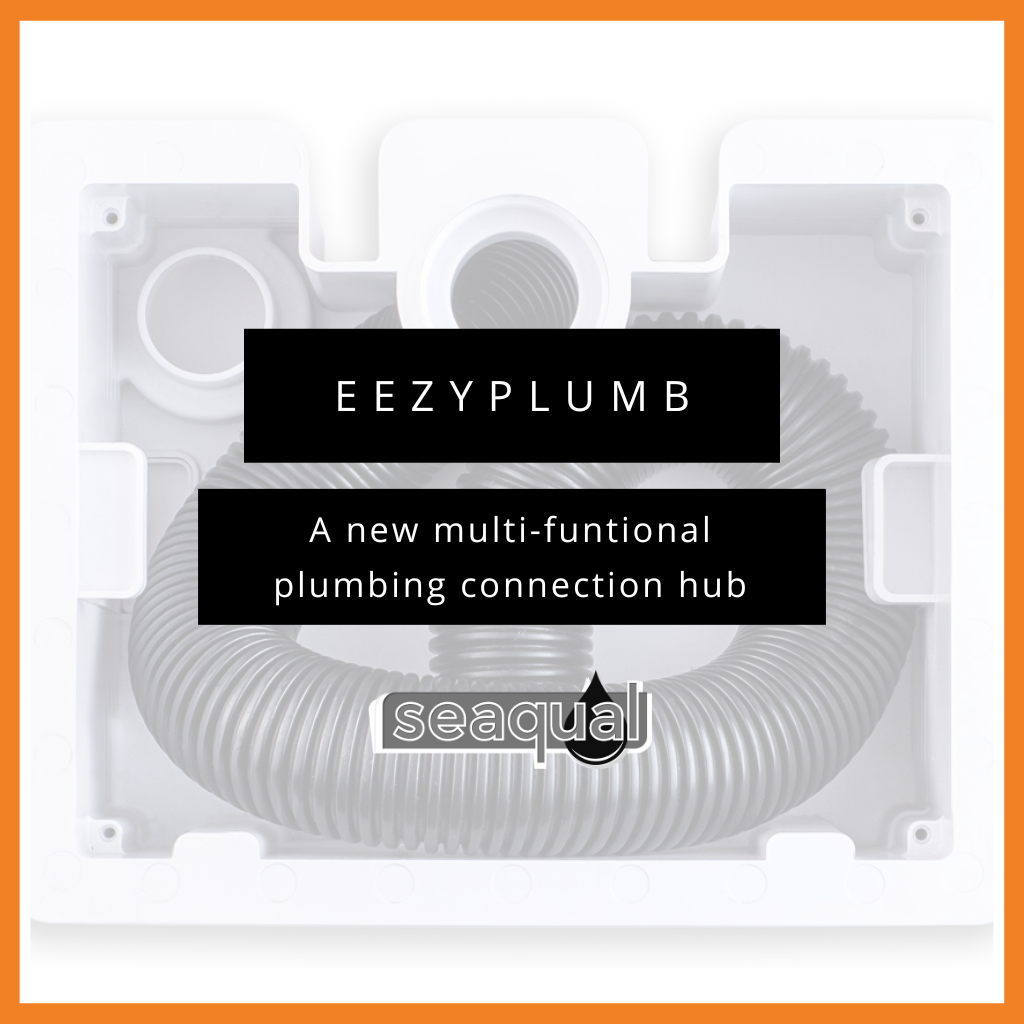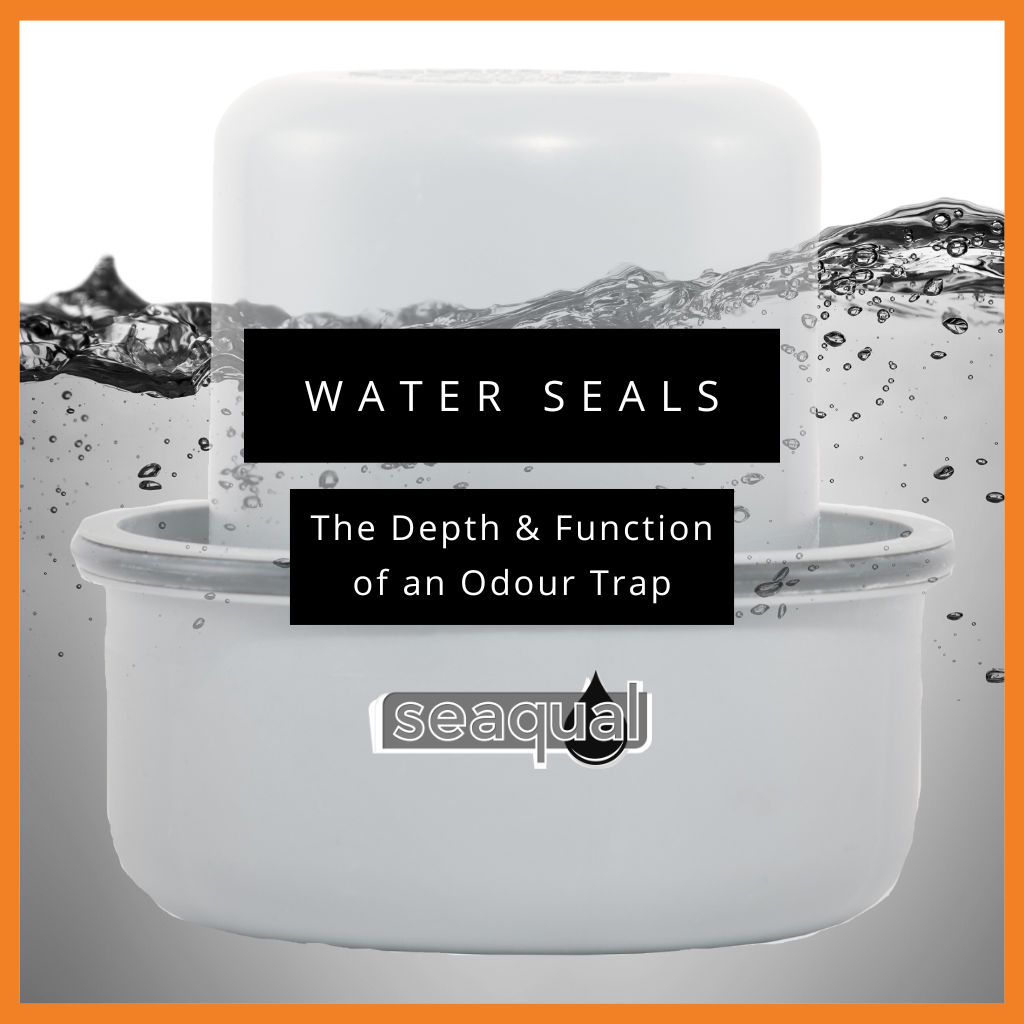Roof gardens! Sounds like a great idea right? You see them in movies on the tops of New York apartments and they are known to be great for the environment, but how realistic are they to actually build? A lot of professionals in the building industry are wary of designing roof gardens and with every justification.
This is because incorrectly specified or badly constructed roof gardens can wreak havoc with in the underlying structure. This being said, creating them can be a hugely rewarding process because, essentially, you’re maintaining a living structure and that requires consistent work and long-term commitment. But don’t let that scare you away, because we’re going to take you through some handy tips to make sure you don’t run into said havoc.

Roof Garden (Stock Image - Canva)
The key to a successful roof garden is to ensure that water is able to flow easily through the soil and drainage layers and down to the drainage points which should never become blocked. Therefore, using the right materials will make all the difference here.
Water needs to be able to flow horizontally towards a drainage point. A fall of 1:30 is more than adequate to carry water to the nearest drainage point. Drainage points should be located at a maximum of 30m intervals so that the longest distance for lateral movement does not exceed 15m (although a maximum of 30m can be made to work).
In terms of a drainage unit that will compliment this particular installation, we recommend using our HyDrain which is a robust domed roof drain with a myriad of applications. HyDrains should be positioned in a way that suits the pipelines that run through the ceiling void below or within the roof slab rather than in a way that suits the layout of the garden. HyDrain has a wide flange onto which the waterproofing membrane can be torched and will therefore ensure the flow of water into the pipeline below without the risk of leaking.

HyDrain Complete
Each of the selected areas on the roof should always have at least two drainage points in case one gets blocked. Once the HyDrains are in position, they need to be protected from silt and the most effective way to achieve this is to cover them in Geotextile or Bidim. A large stone aggregate should then be placed in the planter, covering the HyDrain domed grate while simultaneously anchoring the Bidim in place.

Diagram showing the HyDrain planter box installation
The next step is to install a root barrier over the large stone aggregate layer. There are specialised options available on the market but again, Geotextile or Bidim can both work just as well here. Once the root barrier is in place, the next step is to add a layer of small stone aggregate and then finally, the soil and plants.
We recommend being proactive by keeping a rodding eye in the unlikely event that a pipe should become blocked or alternatively you can ensure the drainage points and easy to access.
Visit our HyDrain page for more information on this product or alternatively you can email tech@seaqual.co.za.
Happy Plumbing :)



